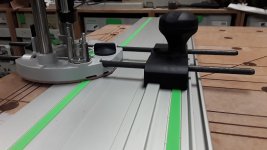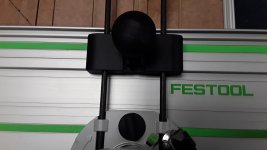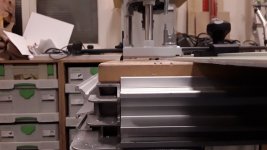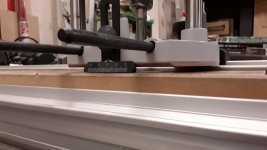Woodhack
Member
- Joined
- Feb 2, 2014
- Messages
- 33
the video?
Tried (made) making some fluted trim pieces today with the of1400 and guiderail. I ran some video. The description box tells the tale of issues I had. Btw. I have a potty mouth in parts of the video. In case you're sensitive.
My excuse? They hired the painter to do the carpentry.
Anyway enjoy my mistakes if you like.
Woodhack
I dont see my link...ugh! Hence why I never post stuff online. Alway a problem
Tried (made) making some fluted trim pieces today with the of1400 and guiderail. I ran some video. The description box tells the tale of issues I had. Btw. I have a potty mouth in parts of the video. In case you're sensitive.
My excuse? They hired the painter to do the carpentry.
Anyway enjoy my mistakes if you like.
Woodhack
I dont see my link...ugh! Hence why I never post stuff online. Alway a problem




